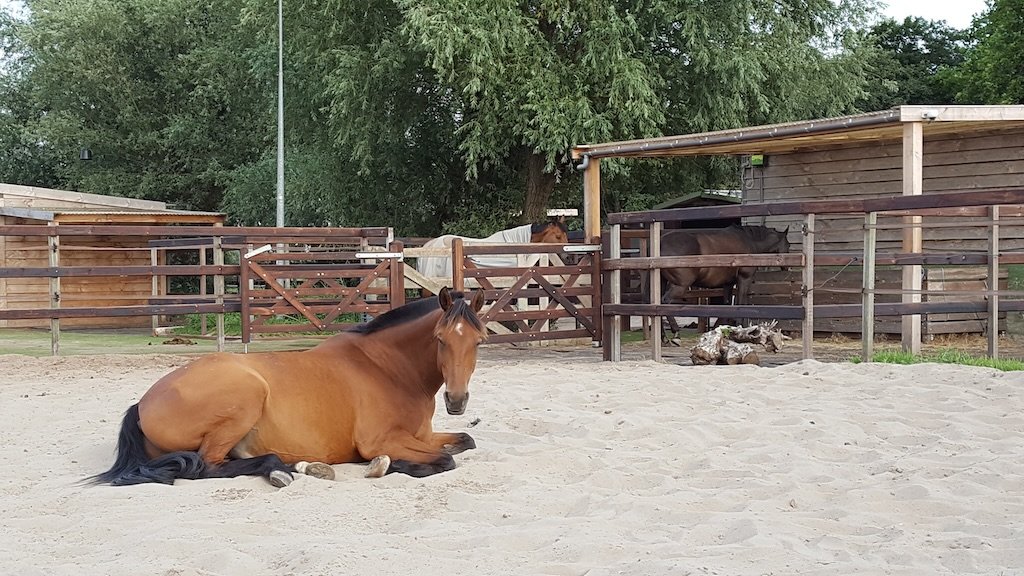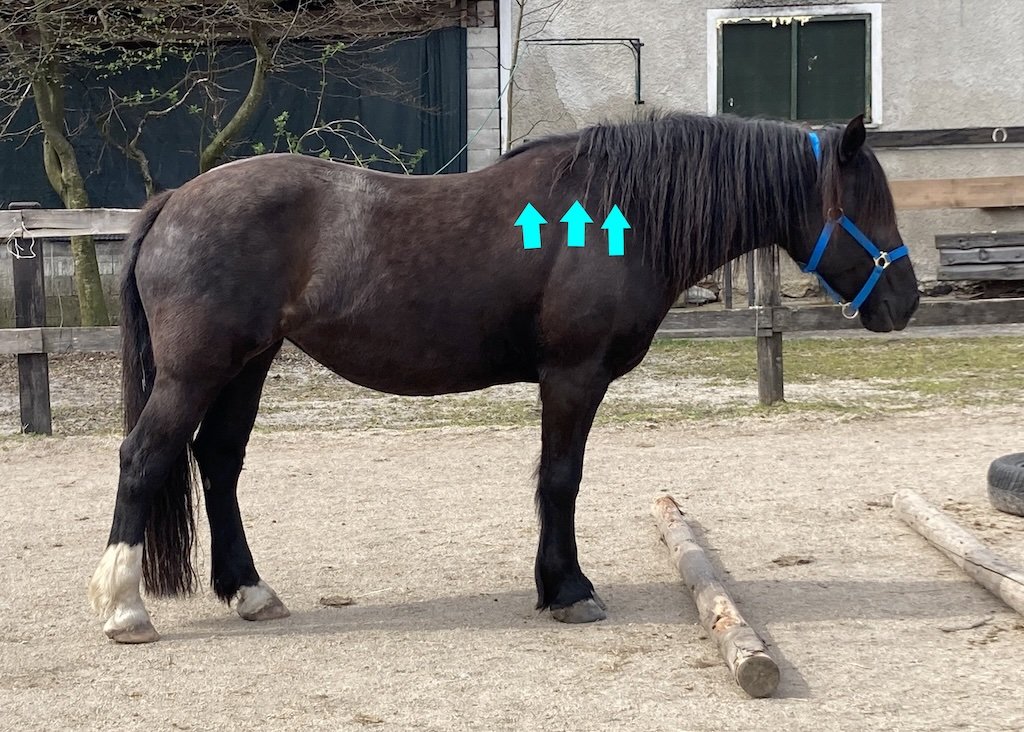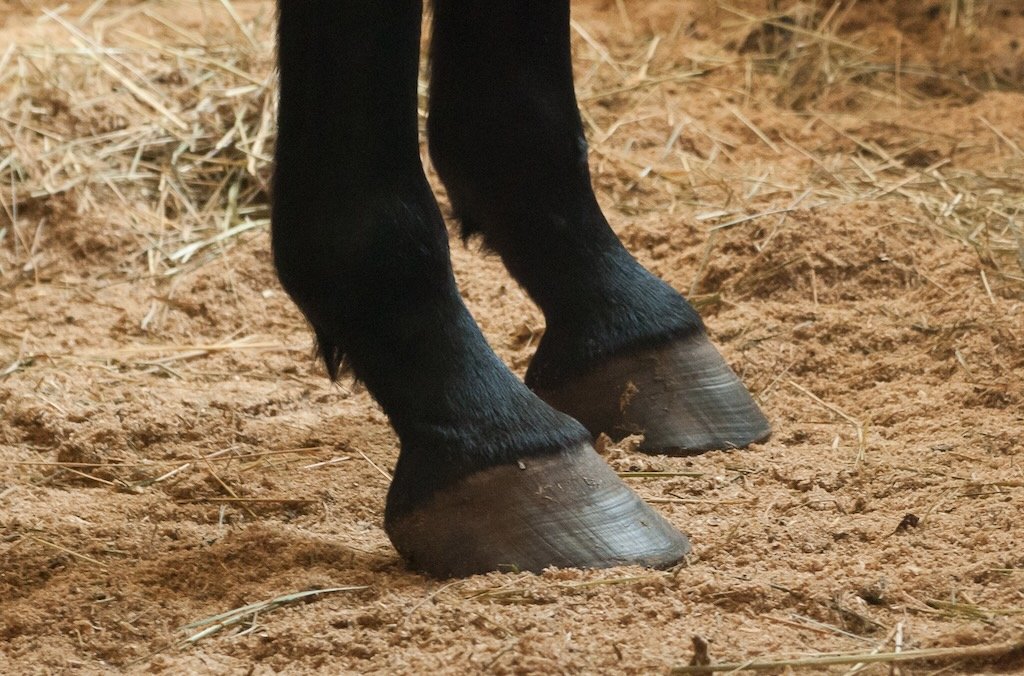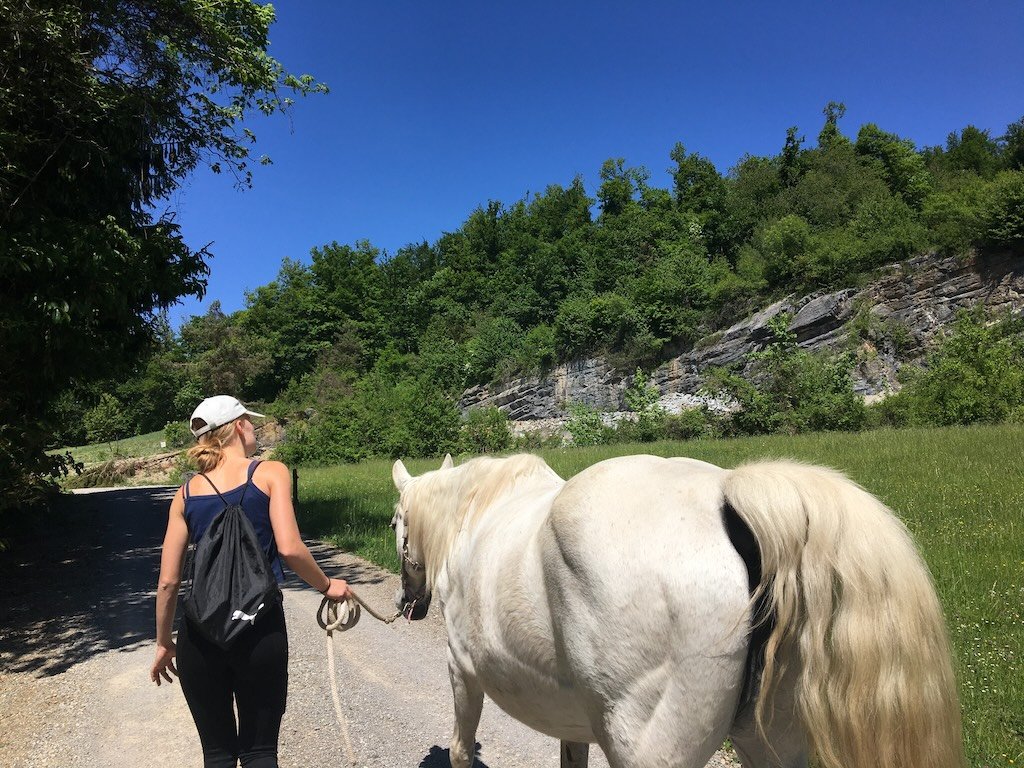Do foals and youngsters need bodywork?
Even though they are not in work, foals and youngsters still benefit from bodywork. Solving minor issues ca prevent bigger problems further down the line.
Not all muscles are created equal
Is there such a thing as too much muscle development? You bet! Here is why it’s important to differentiate between two major groups of muscles.
When addressing the body, address the feet too!
The feet impact the body and the body impacts the feet. When dealing with dysfunction, it is crucial to address both.
The trouble with mud
Picking the lesser of two evils – turn the horse out into a muddy pasture or lock them inside?
Winter is over – time to get back to work!
If your horse has had some time off from work in the winter, now is the time to start slowly bringing them back to work.
Is your horse sleep deprived?
Sleep deprivation in horses is a topic that is only starting to be discussed more widely, and it might be more prevalent than we think. Here are some signs to look for.
The challenges of good posture – a case study
While static posture can tell us a lot about how the horse uses his body, it doesn’t tell the whole story. Here is an example of a well-functioning horse with poor static posture.
The neutral spine and range of movement
A neutral spine enables the horse to move with ease and suppleness and allows him to use his body in an energy efficient way.
Rehabbing girthy horses - Part Two
You've addressed the pain, you've checked saddle fit, but the horse is still acting up while being tacked up. What now? The answer lies in the nervous system.
Rehabbing girthy horses
Rehabilitating a girthy horse can be a long process. The most important thing is to address the cause.
The poll, TMJ and teeth triangle
The poll, the TMJ and the teeth influence each other in a big way, so it's important to always address all three when addresing one of them.
Outdoor living in winter
Horses are perfectly capable of living outdoors in the winter months, as long as some basic conditions are met.
Five signs of hind end dysfunction
Problems in the hind end often go unnoticed, until we end up with an injury or a sore back. Here are some red flags to look out for.
The five rules of lunging horses
Lunging the horse is a great way to keep them balanced and fit, but we need to follow certain guidelines if we want to make sure we are not harming them in the process.
Can winter rugs cause tension?
Proper rug fit is very important as an ill-fitting rug can cause a lot of tension in the front end. In the long run, this can negatively impact your horse's performance and wellbeing.
Where do tendon injuries come from – Part Two
In the second part of the tendon injuries blog, we explore the role the hooves play on the health of the tendons.
Where do tendon injuries come from?
While tendon injuries often seem to come out of the blue, this is actually rarely the case. Most often, tendons get injured as a result of micro trauma accumulated over time.
Active retirement
Horses that can’t do their job anymore will still benefit from exercise. Instead of letting their muscles go to waste, it is important to keep them active.
4 things you need to know about the iliopsoas muscles
The iliopsoas is a group of three muscles that acts as a hip flexor and can often be a source of dysfunction for the horse. Here are some things to keep in mind about this area.
Passive physiotherapy – variable feeding positions
Implementing variable feeding positions to your horse’s environment can have a great effect on their musculo-skeletal system, especially the neck region. Here are some things to keep in mind when setting it up.



















